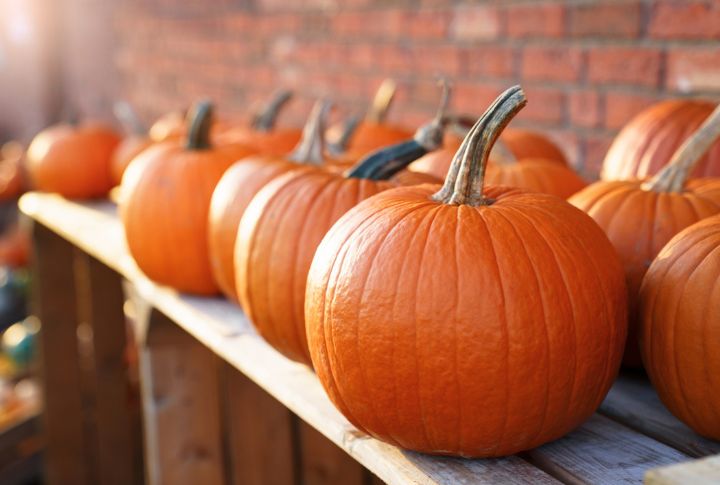
Growing certain vegetables in containers can be challenging due to their sprawling growth habits and nutrient requirements. Yet, careful planning and management can help cultivate these crops successfully in containers. Here is a list of 15 vegetables that are difficult to grow in confined spaces and how to make them work.
Corn

Corn requires nitrogen-rich soil and adequate moisture throughout its growing season. When planting in containers, consider using a slow-release fertilizer to ensure a steady nutrient supply. Additionally, corn is wind-pollinated, so planting in clusters rather than rows can improve pollination and yield.
Pumpkin

Growing pumpkins in containers is challenging due to their climbing vines and large fruit. They’ll, however, benefit from regular pruning to manage vine development and focus energy on fruit production. Provide adequate distancing between containers to allow for vine spread.
Watermelon

Growing watermelons in containers presents a challenge due to their extensive growth and large fruit size. Still, there’s a way around this. Opt for sizeable containers with deep soil, mulching the soil surface to maintain sufficient hydration and prevent fruit cracking.
Winter squash

Different Winter squash varieties, like butternut and acorn squash, have sprawling vines and require ample space to flourish. Therefore, to successfully grow winter squash in containers, excess foliage should be pruned to improve airflow and reduce the risk of disease, and fertilizer high in potassium should be provided to aid fruit development.
Artichoke

Artichokes are known for their deep root systems and sizable growth, making them ill-suited for containers. Yet, they’ll thrive in containers with slightly acidic soil with good depth and drainage. Add compost for nutrients and protect plants from frost by bringing containers indoors or insulating them with mulch.
Asparagus

Asparagus, with its perennial nature, presents a unique challenge for container gardening. While long-term cultivation in containers is impractical, starting asparagus crowns in containers for eventual transplantation is feasible. Use deep containers filled with nutrient-rich soil, and watch for asparagus beetles.
Sweet potatoes

Sweet potatoes need warm soil temperatures to thrive, so use dark-colored containers that absorb heat during the day. Regularly check soil water evels, as sweet potatoes are sensitive to drought and waterlogging.
Brussels sprouts

With their tall stature and heavy heads, Brussels sprouts may need proper support and allowance to do well in containers. Ensure regular side-dressing with nitrogen fertilizer to supply their nutrient needs. Watch for cabbage worms and aphids, and control them with insecticidal soap or neem oil.
Broccoli

While broccoli can thrive in containers, it requires ample space for root development and may not produce as well as in the ground. Broccoli plants may prematurely bolt if exposed to prolonged periods of high temperatures, so provide the containers with enough shade during the hottest part of the day.
Cauliflower

Like broccoli, cauliflower can be grown in containers but may not reach its full potential compared to in-ground cultivation. Use spacious containers with deep soil to accommodate the plant’s root systems. Provide sufficient assistance for the plant’s shoots and supply sufficient watering and fertilization.
Beets

Beets have taproots that need space to grow downward, making them challenging to cultivate in shallow containers. They also prefer cool weather and may struggle in containers during hot summers. It is therefore ideal to plant beets in early spring or late summer and harvest them when they reach the desired size.
Carrots

Carrot seeds require continuous moisture to germinate and loose soil to develop straight roots, making them less suitable for shallow containers. So keep the soil evenly moist until seedlings emerge and thin seedlings to foster proper spacing. Overcrowding can lead to stuntedness and crooked roots.
Onions

Onions have shallow root systems and can be cultivated in containers, requiring a long growing season. So start seeds indoors several weeks before the last frost date or purchase onion sets for quicker results. Keep soil water content consistent to prevent bulbs from splitting or rotting.
Peas

Peas can be grown in containers, but their vines need trellising. Regular pruning encourages bushier growth and increases yields. Support pea vines using trellises or stakes, and harvest peas frequently to promote continued production.
Celery

Celery plants require consistent watering to prevent bitterness and promote crisp, flavorful stalks. Planting celery in self-watering containers or using a drip irrigation system to water the plant evenly is a good option.
